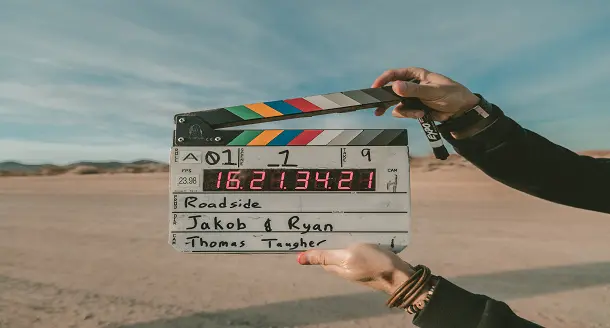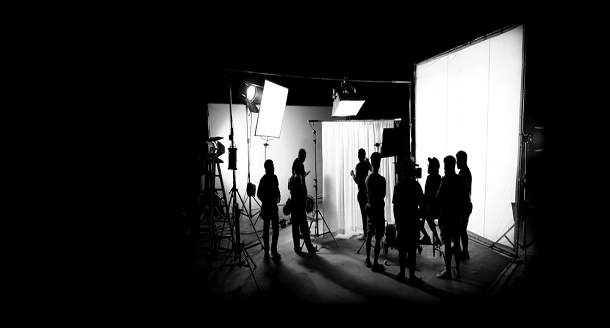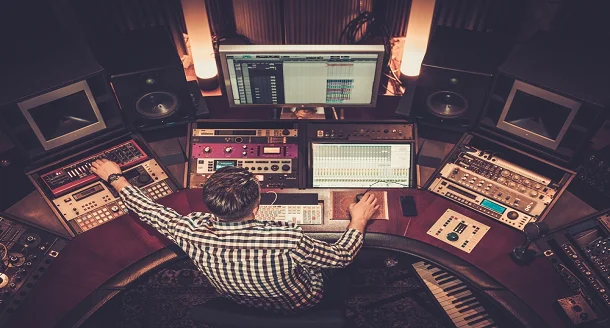
The evolution of film technology has changed the way films are made and viewed. Despite the advances in technology, some films have remained unchanged. For example, the Lumiere Brothers’ Cinematographer allowed for on-location shooting. Other passages, such as digital sound, have made the viewing experience more convenient and enjoyable.
Changes in the filmmaking process:
Film technology has changed the way films are great. Today’s movies are largely digital, with audio and post-production on a computer desktop. Increasingly, the process of distributing films for home viewing is also digital. In addition to digital downloads, film content is increasingly deliver over the internet.
One major change in film technology was the introduction of colour in the 1930s. The three-strip colour process, or Technicolor, made it possible to produce more colourful films. However, not every filmmaker immediately made films in colour, as the production cost increased by about 30%. Regardless, colour was soon associate with spectacle and fantasy.
Improve your film quality with our cinematographers:
Film technology also allowed for more flexible shooting options. Previously, the process of shooting a film was limited to studios. Therefore, advanced film technology would not necessarily result in better quality films. With cinematographers, however, filmmakers could shoot on location.
Changes in the way films are made:
Over the past century, film technology has advanced dramatically. This evolution has allowed movies to tell more realistic stories than ever before. From black-and-white silent films edited by hand to 3D digital content spliced together on computers, cinema has undergone many transformations. Some of these innovations are obvious, while others are subtle.
The concept of national cinema began to break down in western Europe around the turn of the century. Although there is still some national cinema, many films today are co-produced between different countries. This change has made it nearly impossible to identify coherent film movements that emerged from a specific nation’s culture.
Changes in the way films are edited:
The editing process has undergone several changes over the years. Today, most feature films begin the editing process right after shooting begins, but this is not always the case. Depending on the director’s wishes, additional scenes will be shot and require other editing work. Typically, this process takes three to four months, and the editor is responsible for making the rough cut. Editors have different methods and styles, but generally, they work alone or in conjunction with the director.
Process of editing films:
The process of editing films has changed over time because of technological advances and audience expectations. While there are some precursors to this process in literature, such as the medieval altar triptych, modern everyday computers have made the editing process easier. Modern computers can easily cut together video clips and convert them back to film or video. The result is a far cry from the film cuts used during the early days of filmmaking.
Women have historically been better suited to editing roles. Men, on the other hand, often regarded the job as less creative. Over time, however, the industry began to recognise the contribution that women can make to filmmaking. Currently, most film editing work is done by women.
Author Bio:
Alvin Niculas is a research-based content writer, who works for Cognizantt, a globally recognize E- Commerce-SEO Agency and Research Prospect; an Dissertatie schrijven diensten tegen de beste prijzen in het Verenigd Koninkrijk Mr Alvin Niculas holds a PhD degree in mass communication. He loves to express his views on various issues, including education, technology, and more.


